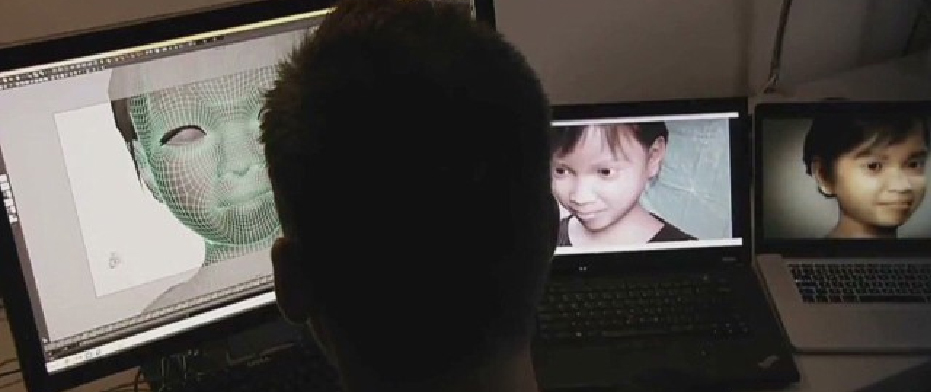Human trafficking is illegal, and the dark web made it easier for traffickers to exploit victims and connect with buyers. Let us dive into this post and learn how technology is used in human trafficking on the dark web.
About Human Trafficking
Human trafficking, also known as modern slavery, is an ugly reality of the 21st-century global landscape. It is considered a human rights problem that robs millions of men, women, and children of their vital rights to human self-respect and personal freedoms.
This type of crime is considered the third most widespread kind of crime all over the world. Currently, around 40.3 million people are victims of human trafficking, 4.8 million of them because of forced sexual exploitation. It removes millions of their self-respect and freedom and leaves them helpless to manipulation and violence.
Moreover, human trafficking benefits criminal administrations and terrorist systems and undermines law and world order. It has expanded into a global problem that fuels corruption and violence, finances gangs, and organized crime. You can find human trafficking in the sex trade, prostitution, and pornography, in cafes or bars, in street gangs or the drug trade, in service companies like tourism, health care, domestic slavery, manufacturing textiles, food processing, agriculture, construction, diamond mines, and in a despot’s army.
Human Trafficking on the Dark Web
In the previous decade, human trafficking has gone more digital and darker as well. Globalization and technology increase the layout of human trafficking by growing networks and chances for traffickers to start and exploit victims. The technological accessibility, combined with the awareness of nearly complete online anonymity, has raised concerns about the prevalence and ability to detect extreme systems of human trafficking. For example, sex trafficking, like child pornographic exploitation and organ removal, blooms on the Dark Web.
Technology Use in Human Trafficking
A study of services on the dark Web found that 83% of hidden service appeals were for online destinations sending child pornographic content. It even shadows the number of requests for any of the other categories of content found on the Dark Web networks, such as illegal drugs, hiring a hitman, gambling, bitcoin-related sites, or anonymous whistleblowing.
Sex traffickers use smartphones and computers to facilitate sex trafficking in various ways. for example, recruiting victims, advertising victims, and communicating with other offenders. Currently, images, recordings, and videos can be accessed via Internet technology, including websites, email, instant messaging, P2P file-sharing networks, and social networking sites. Moreover, by using online payment, offenders directly view the victim in other countries to perform sexual acts in front of live streaming. The human trafficking organizer transmits live sexual activity or abuse of children while the customers demand specific requests. Human traffickers on social media frequently take on the show to recruit and trick young teens into sex trafficking.
Types of Human Trafficking on the Dark Web
Human trafficking happens in many forms and in many different sections of our society. Here we have shared 3 main types of human trafficking.
Labor Trafficking
Labor trafficking is basically a form of modern-day slavery—individuals execute labor or services with the use of force, fraud, or pressure. It includes circumstances of debt slavery, forced labor, and involuntary child labor. According to research, recruitment for migrant workers is mostly vulnerable to labor trafficking. They used newspapers, billboards, job fairs, and word-of-mouth to get into labor trafficking.
Sex Trafficking
Sex trafficking involves forced prostitution or prostitution of teens. According to the reports of sex trafficking in the U.S., victims of sex are often sold online and raped in person. Many sites available for human trafficking on the dark web are advertising points where people who want to buy and people who are selling can exchange information or make deals.
Organ Trafficking
Organ trafficking includes illicit organ harvesting from living or dead persons. as well as the illegal sale and transplantation of organs. In organ trafficking, the organ is detached and transferred from the donor location to the receiver location. This procedure is called transplantation tourism and includes numerous organizations in a country. The annual revenues of illicit organ trade range between $840 million and $1 billion.
Organ trafficking and trafficking persons for organ harvesting include the group of actors. These include organ recipients (sometimes complicit and sometimes unaware of the illegality of the transplantation), medical specialists (surgeons, nurses, and kidney specialists), recruiters, dealers, laboratory specialists, medical facility operators and staff, insurance firms, travel agencies, airlines, and their workers, guards, drivers, service providers, law administration officials, and translators.
Final Thoughts
Human trafficking is linked with illegal human organ trading, slavery trading, and sex slavery trading both in prostitution and pornography. However, human trafficking has gone more digital and darker, and the dark web world is increasingly advancing it as well. Many sites of human trafficking on the dark web are available that offer the buying and selling of humans, especially children and teens.

